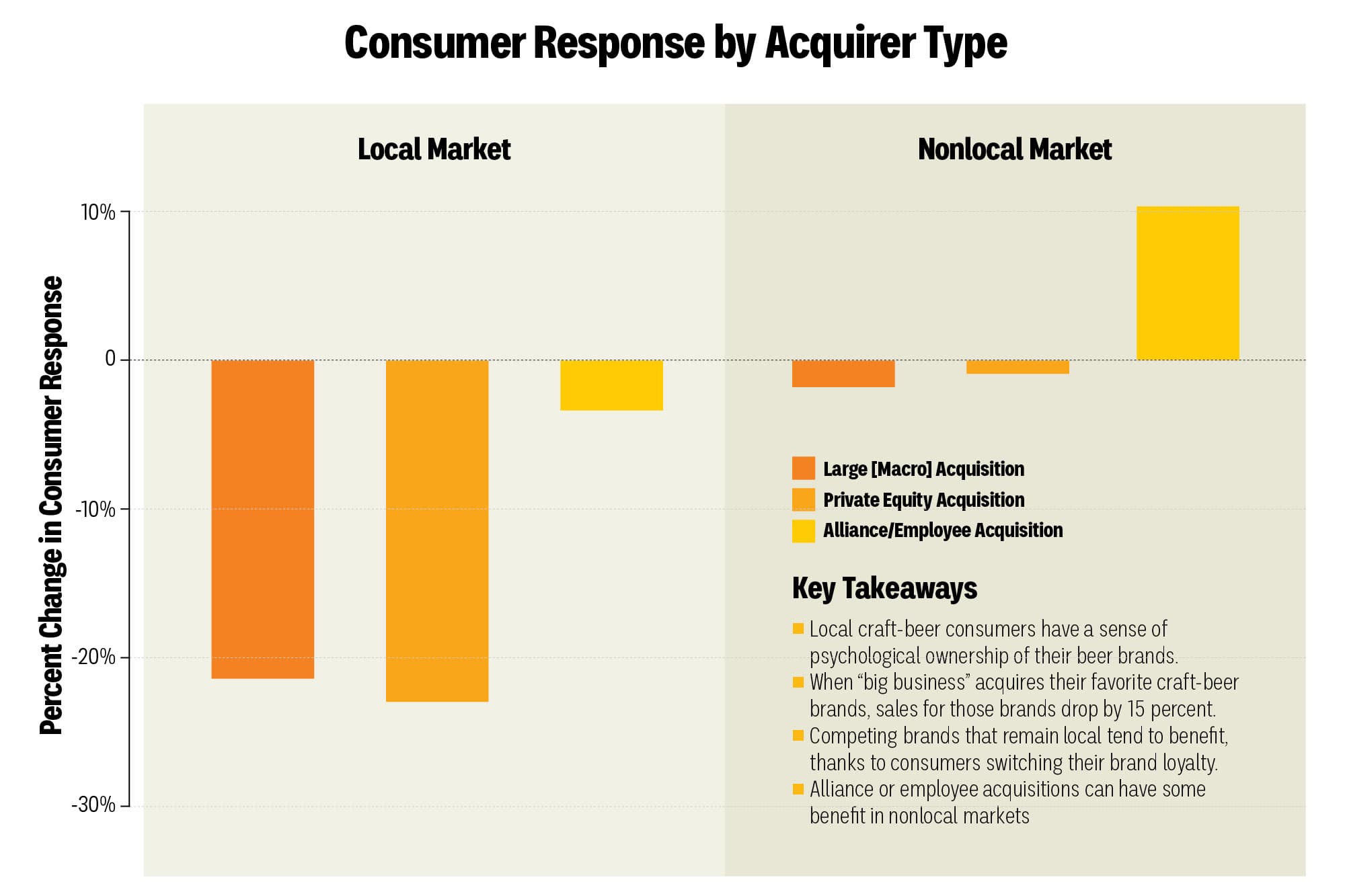
Infographic: Quantifying the Value of “Local”
Anecdotally, we’ve all seen just how much weight consumers put on the idea of “local” when choosing beers and breweries. But how much value do they really place on this often-ambiguous concept?
13 articles in this category

Anecdotally, we’ve all seen just how much weight consumers put on the idea of “local” when choosing beers and breweries. But how much value do they really place on this often-ambiguous concept?
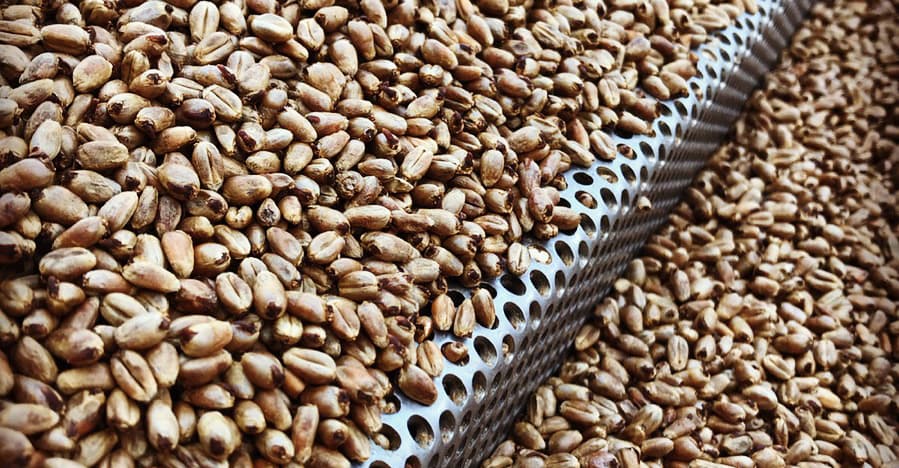
Developing a malt especially for your brewery takes some planning, but there are potential benefits—such as nailing a target flavor within your process, making beer from truly local grain … or just the fun of finding out what it tastes like.
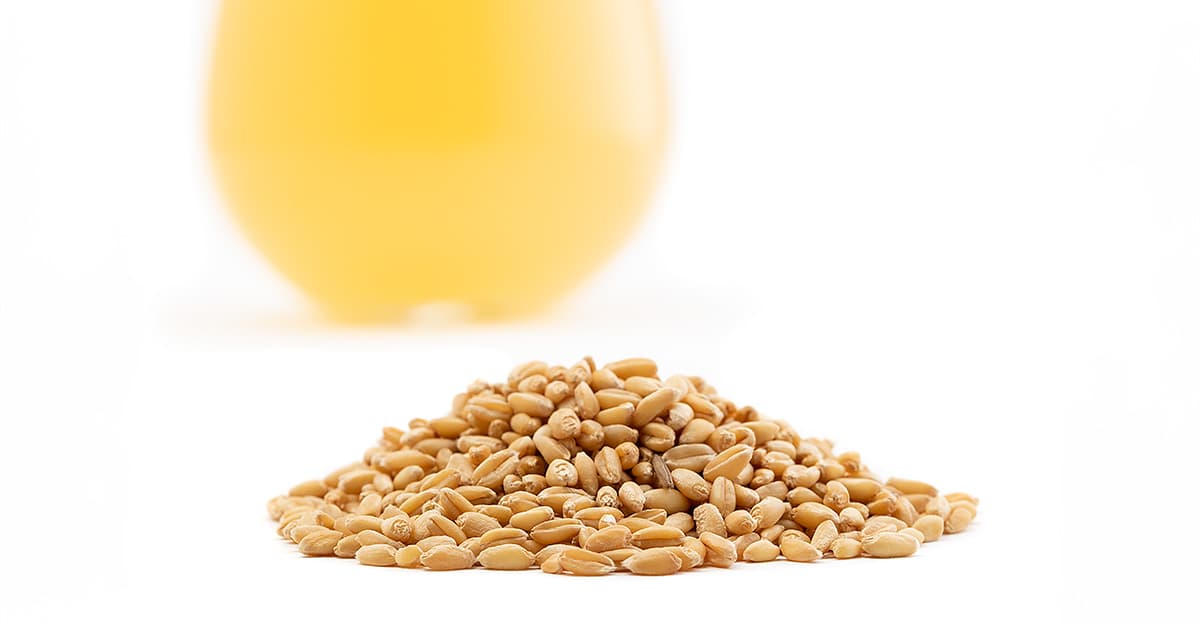
Going beyond barley into ancient grains can be a way to form stronger connections with local farmers, promote sustainable agriculture, and produce more distinctive beers.
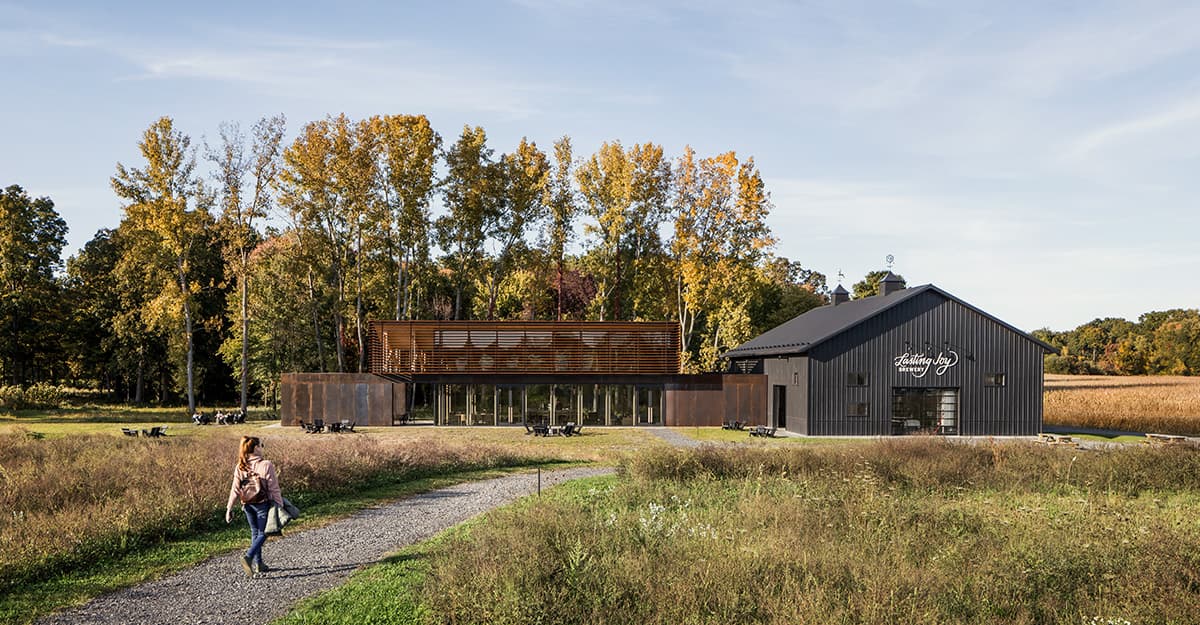
Whether farm breweries are out in the country or right downtown, state licenses for them depend on flexible benchmarks for local ingredients. There are lessons to be learned for any state considering similar privileges for breweries that aim to buy local.

When done correctly, producing exclusive beers for bars and restaurants can be a sales and marketing win. However, they also come with production challenges and regulatory hurdles.
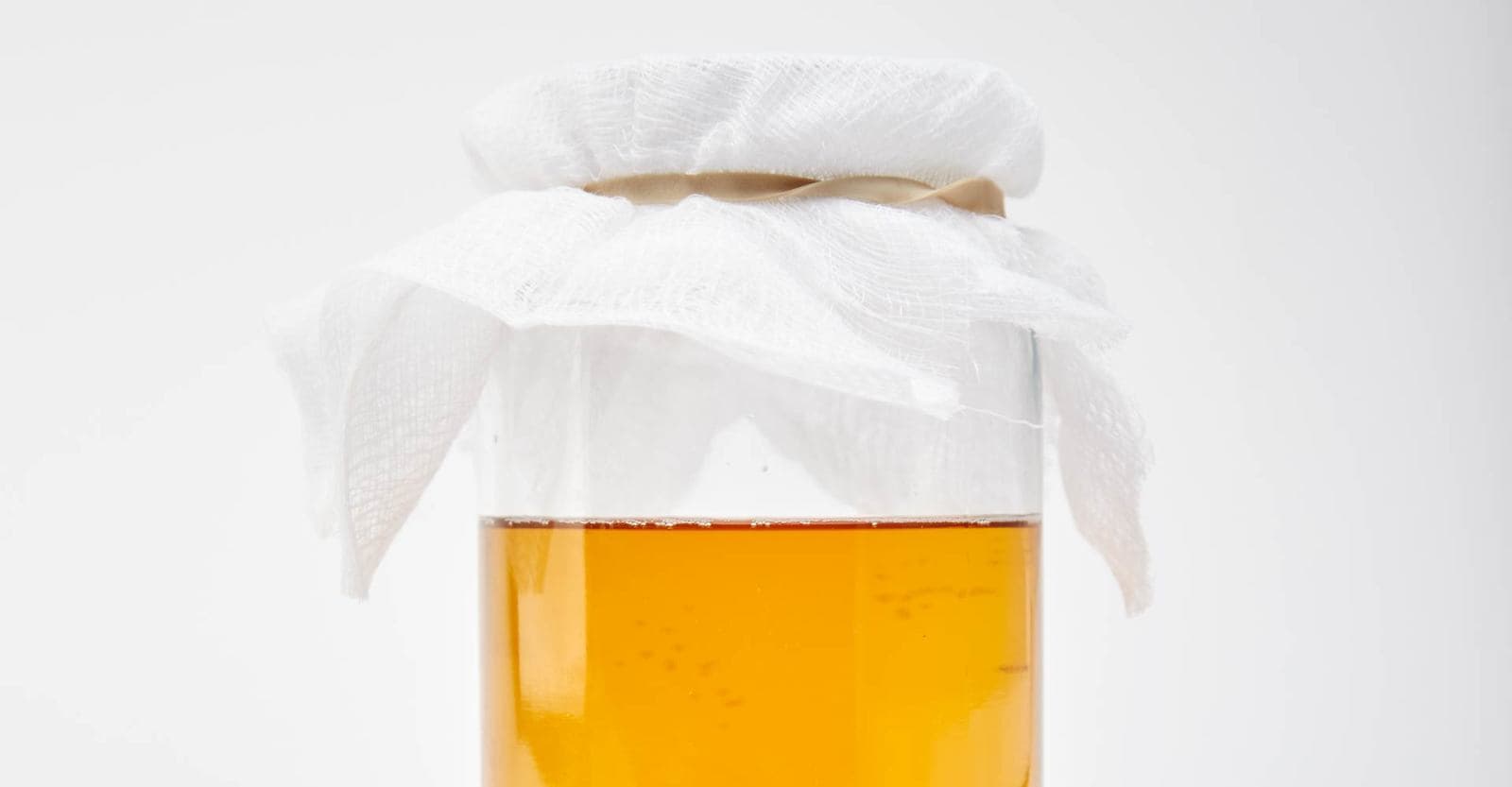
What does “local” taste like? Ask a microbe. From clean lagers to funky farmhouse ales, capturing yeast from your brewery’s backyard can lead to distinctive products that belong to their locale.
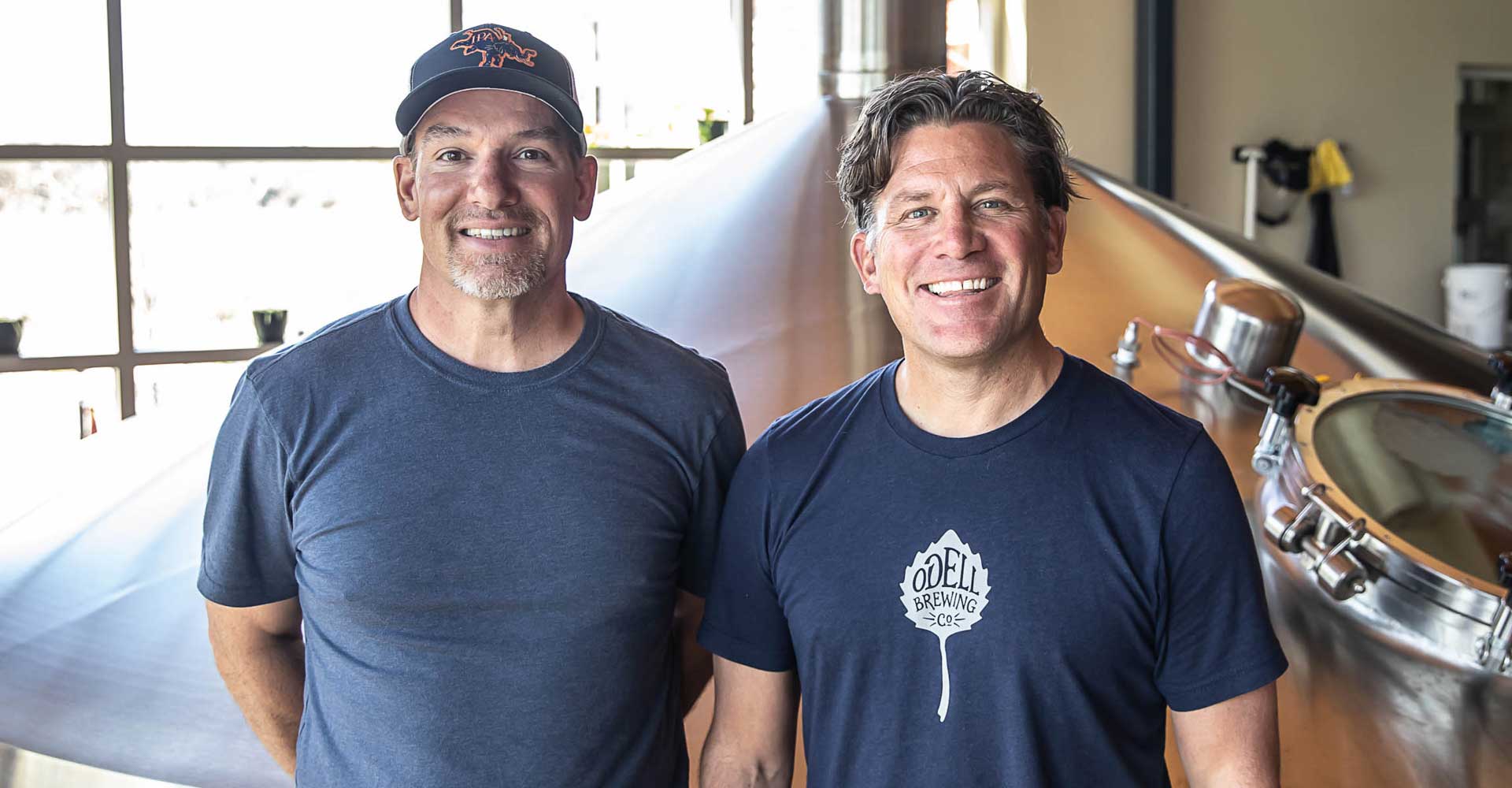
At times, Odell Brewing in Fort Collins, Colorado, has flirted with becoming a major national player. These days, McGivney as COO and Smitty as CEO are looking instead to dig deeper locally, appealing to a broader base of drinkers in their regional market.
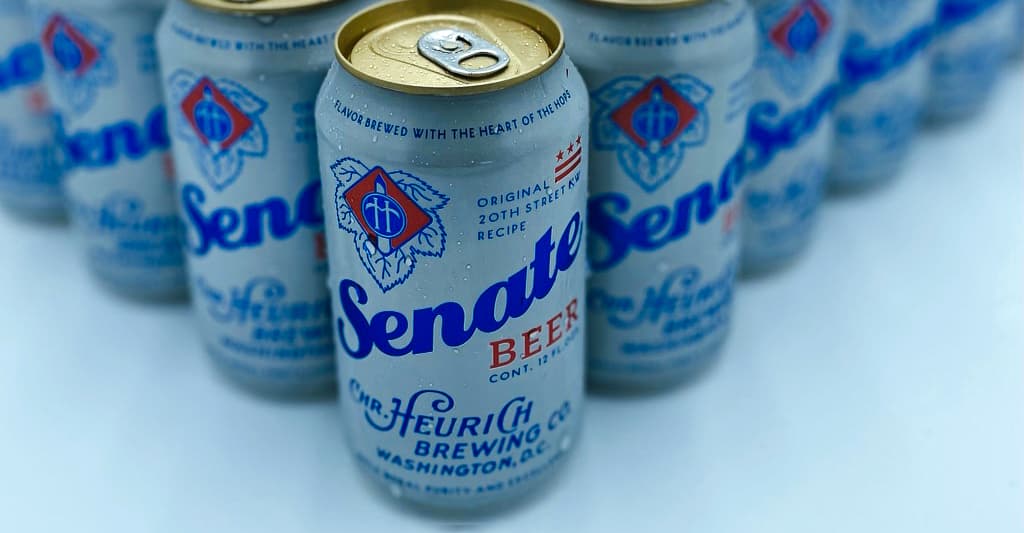
Driven by nostalgia, hometown connections, and the chance to sell some beer at volume, a handful of independent breweries are successfully reviving long-lost local lager brands.

Changes to local, state, and federal laws helped to keep breweries going last year, and they can lead to greater success going forward. Here are ways that brewers and brewery operators can help make it happen.
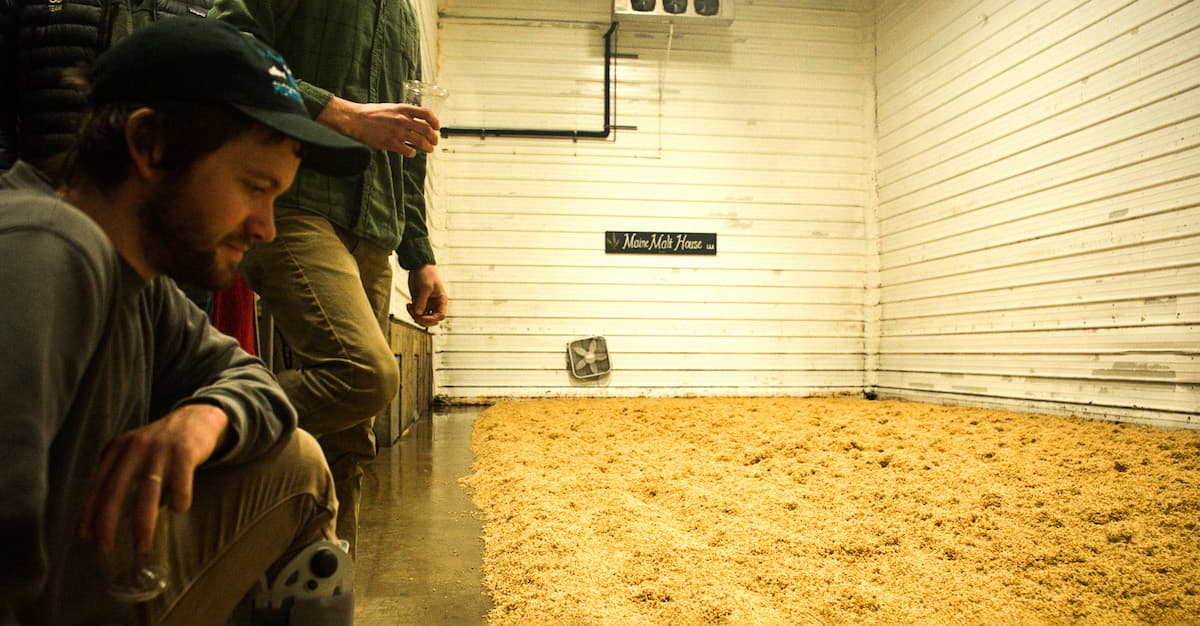
Quality, price, and scalability remain drawbacks for small-batch local malt, but many small breweries argue that the benefits far outweigh the costs.
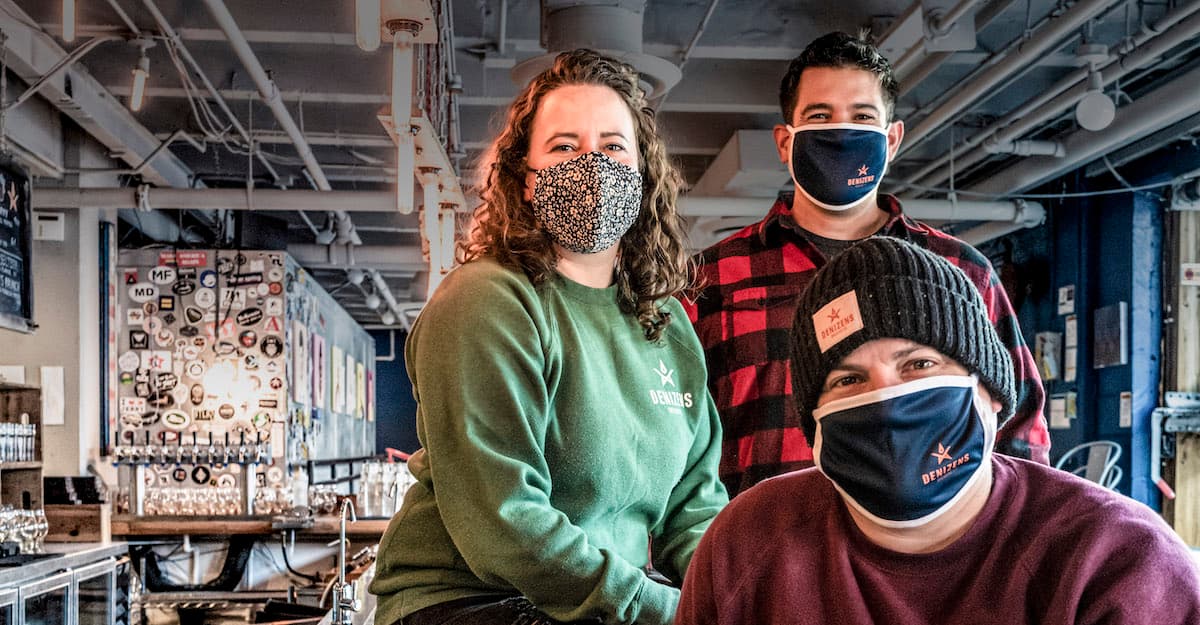
Julie Verratti has become a sage resource for brewery operators navigating their give-and-take relationships with government. Here, she talks about building trust with lawmakers and speaking out on the measures that can help get us through the pandemic.
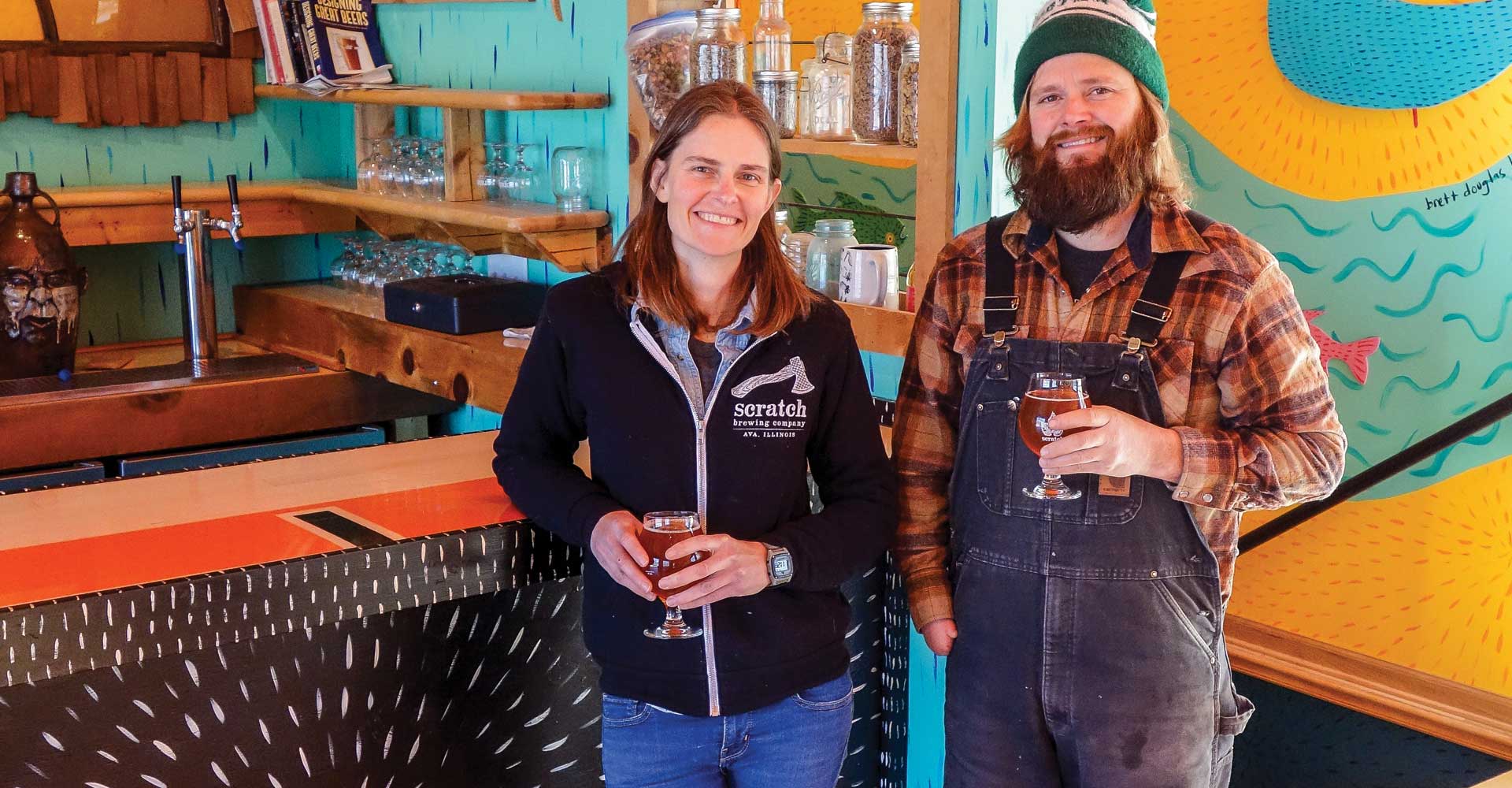
Plan your detours: This tiny, made-from-scratch southern Illinois brewery has become a destination by specializing in highly drinkable beers made from seasonal ingredients—such as mushrooms, tree bark, or leaves—that its duo find or grow themselves.

Jake Sauter, vice president of craft distributor Clear River Beverage in Minneapolis, sheds some light on the shifting landscape.